What are Fuel Delivery Apps?
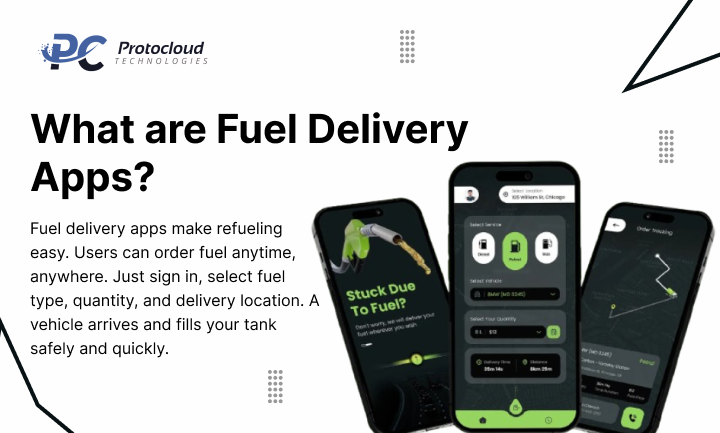
Fuel delivery apps make refueling easy. Users can order fuel anytime, anywhere. Just sign in, select fuel type, quantity, and delivery location. A vehicle arrives and fills your tank safely and quickly.
The app delivers fuel safely and hassle-free. You don’t need to visit a fuel station or wait in lines. Just tap a few buttons, and your fuel arrives wherever you are.
No matter where you are—at home, in a parking area, or at another place—fuel delivery is available. Your fuel gets delivered anywhere, exactly when you need it.
How Does a Fuel Delivery App Work?
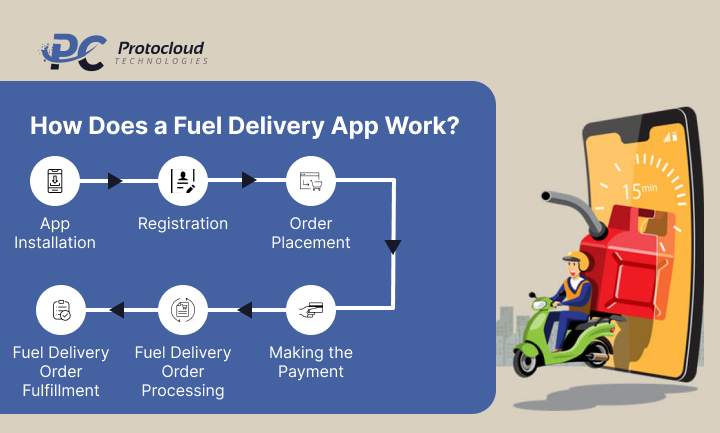
The on-demand fuel delivery market is growing fast. More users prefer apps to refuel instead of waiting in long queues. The process of using a fuel delivery app is simple and quick. Let’s look at how it works step by step.
1. App Installation
The first step is app installation. If you use Android, go to the Google App Store and install the Android Fuel app. If you use iOS, open the App Store and install the iOS Fuel app. Get started immediately after installation.
2. Registration
Register your account with name, phone number, and email. Make sure details are correct to avoid errors.
3. Order Placement
Place your order by selecting the fuel type and checking the price. Enter the delivery location so the vehicle knows where to go.
4. Making the Payment
The next step is to make a payment on the fuel app. You can choose from:
- Cash on delivery fuel option
- Online transfer payment
- Debit card payment
- Credit card payment
These flexible payment choices make it easy for every user.
5. Fuel Delivery Order Processing
After confirming your order, a vehicle is sent to your location. You can track it in real time. The delivery partner refills your tank safely. All safety guidelines are followed.
6. Fuel Delivery Order Fulfillment
After refueling, you get a notification of successful fuel delivery. The app also provides a digital invoice for fuel delivery. You may also get a service feedback fuel delivery request to rate your experience.
Steps to Create Your Fuel Delivery App
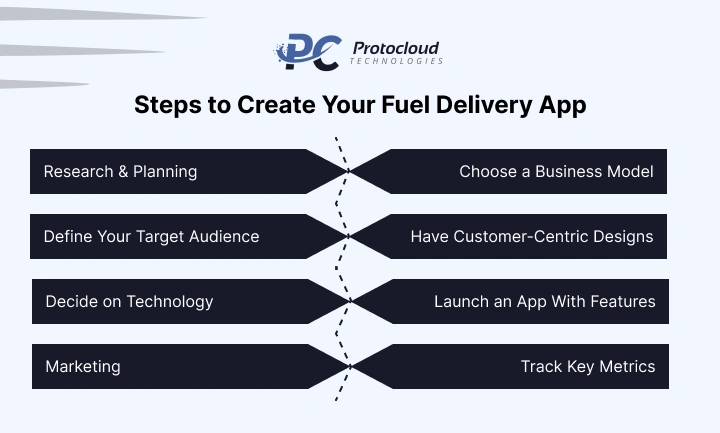
Turning an on-demand fuel delivery business idea into a successful service takes effort and planning. It is not easy, but with the right app development strategy, you can create a strong product. A clear plan and detailed research are essential to building a reliable service.
Here is a step-by-step app development method to create a fuel delivery app and launch your business.
1. Research & Planning
The first step is research and planning for a fuel app. You must study your market, competitors, and user needs. Without this, your project will lack direction.
Once research is complete, you can design your app development strategy. Define your target audience, fuel app, list essential fuel delivery app features, and identify the problems your app will solve. Proper planning ensures faster development and reduces costly mistakes.
2. Choose a Business Model
Selecting the right business model for a fuel delivery app is critical. The wrong choice can hurt growth. There are two common options:
- Aggregators of fuel delivery services: They connect fuel distributors with customers.
- Fuel supply services: These help fuel companies deliver fuel directly to users.
Both models can succeed. The right one depends on your resources and goals.
3. Define Your Target Audience
Next, you must define your target audience for fuel delivery. Understand your users and what they need. Understanding user persona fuel app details helps create features that truly meet user needs.
If you ignore your audience, your app may not gain traction. A deep understanding simplifies development and ensures your app solves real problems.
4. Have Customer-Centric Designs
Design plays a huge role in user experience. A customer-centric design fuel app makes it easy to navigate and learn quickly. When users feel comfortable, they spend more time on your app.
Focus on a clean on-demand fuel delivery app design. Use a thoughtful app color palette that reflects your brand and appeals to customers. Your app navigation design should make tasks simple and quick. The goal is to remove friction and improve usability.
5. Decide on Technology
The technology you choose affects app performance, security, and scalability. Native apps run faster, while hybrid apps cost less. Choose the solution that matches your business goals.
6. Launch an App With Features
Once your foundation is ready, it’s time to launch a fuel delivery app. Work with a trusted delivery app development company to create a feature-rich product.
Your app should include:
- Android fuel delivery app and Apple fuel delivery app support
- IoT smart locks fuel app integration
- GPS fuel delivery app with Google Maps navigation fuel app
- Analytics tracker fuel app for monitoring performance
These fuel delivery app features make the service more reliable and user-friendly.
7. Marketing
Building the app is only the beginning. Strong marketing ensures growth. Start your advertising campaign for the fuel app early—before the app is fully launched.
Promote your app across digital platforms to build a community of early adopters. This helps test your product, get valuable feedback, and build trust. Continuous marketing for a fuel delivery app is vital for long-term customer acquisition.
8. Track Key Metrics
To stay ahead, you must track key metrics for fuel delivery. Utilize big data in fuel delivery apps to enhance service quality.
With IoT fuel monitoring, you can check gasoline amount tracking, fuel quality monitoring, and carrier temperature monitoring during deliveries. These features improve safety, ensure compliance, and set your service apart from competitors.
Tech Stack for Fuel Delivery App Development
Building a fuel delivery app starts with choosing the right tech stack. A modern stack keeps your app fast, secure, and scalable. These tools also support food delivery apps, grocery delivery apps, and other on-demand delivery app development.
For the app’s core language, developers use Swift, Java, Ruby, Python, and JavaScript. The app should work on both iOS and Android, allowing it to reach all users.
The server and cloud infrastructure can run on AWS, Google Cloud, Azure, Apache, or Cloudflare. For data storage, popular choices are MySQL, MongoDB, and PostgreSQL.
A strong backend is essential. Frameworks like Ruby on Rails, Django, and .NET facilitate the secure and efficient management of users, orders, and payments. On the frontend, React, Angular.js, Bootstrap, and jQuery ensure a smooth and responsive user experience.
API automation tools like Zapier save time, while monitoring tools such as New Relic, Datadog, Spark, and Apache Flink keep the app performing well. Business intelligence tools, such as Power BI, Tableau, and SAP, provide valuable insights.
Many apps now integrate IoT features, like smart locks or route tracking. Real-time messaging uses MQTT, and payment gateways include Stripe, PayPal, Braintree, and Google Wallet. Push notifications are managed via Twilio or Push.io to keep users informed.
Choosing this tech stack makes your on-demand delivery app development efficient, scalable, and ready to compete in the market.
Key Features of a Fuel Delivery App
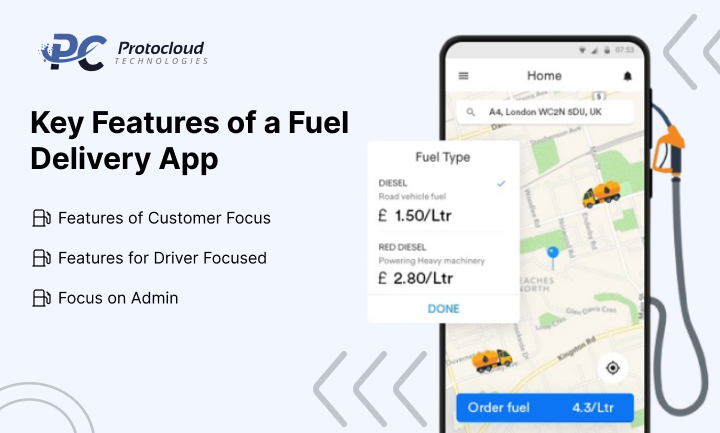
When developing a fuel delivery app, focusing on key feature categories is essential. These features enhance user experience and service efficiency.
Let’s see the features for each user role:
Features of Customer Focus
The customer app must be simple, engaging, and functional. Key features include:
- Sign up/Log in to access accounts easily.
- Select gas stations or select fuel stations by location.
- Discounts/ Offers to attract users.
- Quick reorder for frequent requests.
- Order tracking for real-time updates.
- Delivery requests fuel for scheduled or instant fuel.
- Fuel costing for transparent prices.
- Integration payment for secure payments.
- Actual time tracking of deliveries.
- Push notifications for order updates.
- Order history to view past orders.
- Reviews and ratings to give feedback.
- Digital receipts for records.
- User profile to manage info.
- Assistance and support for queries.
- Referrals to invite friends.
These features ensure a smooth and reliable customer experience.
Features for Driver Focused
Driver apps need efficiency and real-time updates. Features include:
- Drivers sign up and log in for secure access.
- Driver status is active offline, online to manage availability.
- Driver dashboard for tasks and orders.
- Real-time features to track deliveries.
- Customer information for delivery details.
- Location navigation for accurate routing.
- Digital signature to confirm delivery.
- Driver payment mode and driver payment for secure transactions.
- Delivery status updates for transparency.
- Driver support for assistance.
These features make the driver app reliable and user-friendly.
Focus on Admin
Admin features manage the full fuel delivery ecosystem:
- Admin login for secure access.
- Admin dashboard to monitor operations.
- Fuel tankers management for fleet tracking.
- Manage drivers to assign and monitor tasks.
- Manage customers for support and accounts.
- Fuel pricing to set prices and offers.
- Order history admin to track transactions.
- Payment and commissions management for drivers.
- Admin reports for insights.
- Manage categories for fuel types.
- Admin notifications to communicate updates.
These ensure smooth operations, full control, and efficient management
Benefits of an On-Demand Fuel Delivery App
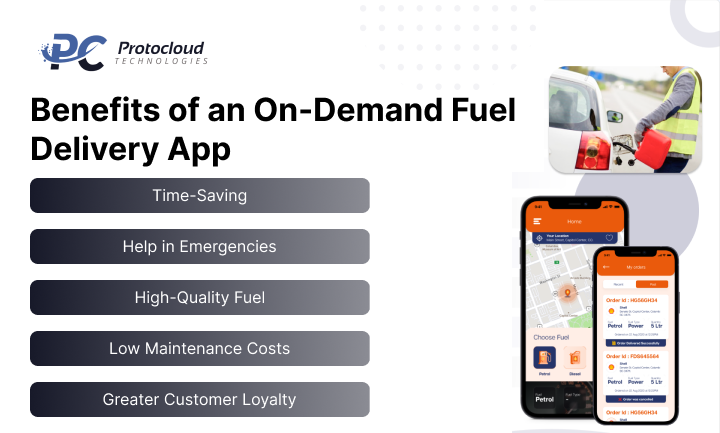
The on-demand gas delivery app market is growing fast. It makes life easier for users and suppliers. The goal is simple: make fuel delivery accessible to everyone. Since the fuel industry adopted technology late, let’s examine the benefits of integrating technology.
1. Time-Saving
Fuel delivery apps save time and effort. No more waiting in long lines. Order fuel from your phone, and get it delivered to your doorstep quickly and safely.
2. Help in Emergencies
A fuel delivery service 24×7 comes to the rescue in emergencies. Whether it’s emergency roadside fuel delivery or early morning travel, fuel reaches you quickly. Place a fuel delivery booking, and the service delivers to even the farthest locations.Power that never runs out, right when you need it.
3. High-Quality Fuel
Fuel at gas stations may sit for a long time, which affects quality. With gas delivery app development, fuel is filtered and delivered often. This ensures high-quality fuel delivery every time. Utilizing food delivery app development and grocery delivery app logistics can enhance route efficiency and expedite deliveries.
4. Low Maintenance Costs
Fuel delivery apps simplify life for users and providers. Service providers can start with low investment. On-demand delivery apps reduce overhead and improve efficiency.
5. Greater Customer Loyalty
Long queues frustrate customers and cause lost sales. On-demand fuel delivery app development enables providers to meet user needs easily. This builds customer loyalty for fuel delivery. Users enjoy convenience, reliability, and smooth service every time.
Understanding the Fuel Delivery App Development Costs
If you are planning to build a mobile app for on-demand fuel delivery, the fuel delivery app development costs typically range from $40,000 to $200,000. The Cost can increase or decrease depending on factors like app features, app platform, UI/UX experience, technologies involved, testing tools, and more.
The overall app complexity directly impacts the total Cost. Simply put, the more complex the app, the higher the costs of the on-demand fuel-delivery app. This applies to on-demand delivery app development, food delivery app development, and grocery delivery app solutions as well.
Fuel Delivery App Costs by Complexity
Here is a brief estimate of fuel delivery app development costs based on app complexity:
| Complity | Estimated Cost | Time Frame |
| Basic | $40,000–$80,000 | 3–6 months |
| Medium | $80,000–$125,000 | 6–9 months |
| Complex | $125,000–$200,000 | 9+ months |
Factors Influencing the Cost of Fuel Delivery App
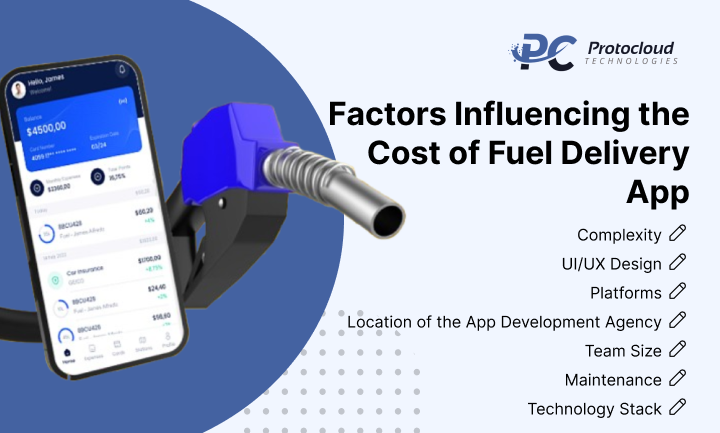
Exact app costs depend on your project. Developers first study your requirements. Then, they provide a rough estimate of time and cost.
1. Complexity
Feature complexity affects app cost. Some features may need custom coding. Plan your features carefully to save money. Later, we’ll cover a detailed feature list for a strong fuel delivery app.
2. UI/UX Design
A strong UI/UX design impacts your app’s success and overall cost. Aesthetically pleasing screens, buttons, and engaging app elements make navigation easy and enjoyable. Your app should offer a high-end user experience that captures attention and entices customers to order.
It’s wise to pre-develop a prototype and refine the design bits before final development. This ensures that your app exceeds user expectations and reduces revisions later.
3. Platforms
Selecting the right platforms for mobile app development is another cost influencer. Decide whether your fuel app will run on a single platform app or a cross-platform app.
Starting with a hybrid app may increase your app budget, so beginning with a single platform is usually safer. As your business grows, you can transition to a cross-platform solution to expand your reach.
4. Location of the App Development Agency
The location of the app development agency affects the costs of on-demand fuel delivery app development. Agencies in Asia or Africa typically charge less than those in the US or UK.
Hiring a dedicated app development organization in India can optimize your budget while providing professional expertise. Here’s a quick view of estimated hourly rates of development worldwide:
- Eastern Europe: $30 – $40
- Asia: $20 – $30
- Latin America: $40 – $60
- Africa: $20 – $40
5. Team Size
The team size for your mobile fuel delivery app affects development costs. Outsourcing is a smart choice to optimize your budget. A skilled outsourced team provides designers, coders, quality analysts, and a project manager.
If you prefer freelancers, fewer people work on your app, reducing costs. However, freelancers may lack long-term expertise, potentially increasing maintenance or upgrades. A full-fledged app development team ensures smoother development and higher-quality output.
Standard team for a fuel delivery app:
- 1 Project Manager
- 2–3 Backend Developers
- 2–3 iOS/Android Developers
- 1–2 Designers
- 1–2 Quality Analysts
6. Maintenance
Maintenance costs can appear at any time and increase your overall app budget. Regular app upgrades and implementing new technologies are essential to improve app efficiency. Maintenance is necessary to maintain a competitive edge for the app and deliver a better ROI for the fuel app.
7. Feature List
The feature list has a direct effect on costs. A minimal feature list app will cost less than an app with extensive features. Advanced functions like geolocation, data syncing, push notifications, booking calendars, in-app calling, and messaging will raise the overall Cost but improve usability and engagement.
8. Technology Stack
The technology stack fuel app you choose also affects costs. Complex technology integration increases the tech stack’s impact on app cost. A well-planned stack improves app efficiency, increases user engagement, and supports user retention. Ensure your mobile app development team selects the right tools and technologies for the fuel delivery app to deliver a high-quality product within budget.
Top 5 Fuel Delivery Apps in the USA
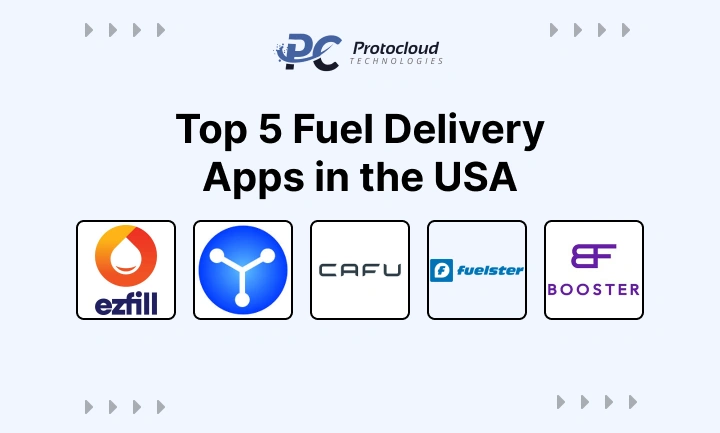
In today’s competitive market of fuel delivery apps, several players are making a strong impact. If you are planning to build a fuel delivery application or explore on-demand delivery app development, it helps to study these leading apps first. Understanding their features can guide you in developing your own app for food and grocery delivery concepts as well.
We’ve also listed the top on-demand app development companies to help you bring your idea to life. Explore these apps before you start development.
1. EzFill
EzFill provides on-demand fuel delivery with real-time tracking, making it reliable for users. The app ensures fuel arrives when needed and offers easy booking. Its simple interface makes it convenient for daily users and busy professionals.
2. Yoshi
Yoshi offers a simple interface and secure payments. Users can schedule fuel deliveries easily. It’s fast and reliable.
3. Cafu
Cafu is known for fast fuel delivery. It ensures users never run out of fuel unexpectedly. Quick and efficient service shows how a strong app can meet urgent needs. Cafu’s model can also guide food delivery app development and grocery delivery app solutions.
4. Fuelster
Fuelster offers eco-friendly fuel without sacrificing speed. Users who prefer sustainable options can rely on it. By combining technology with green initiatives, Fuelster proves apps can be both user-friendly and environmentally conscious.
5. Booster
Booster uses cutting-edge technology and delivers a seamless user experience. Users enjoy easy navigation, fast bookings, and reliable deliveries. Booster’s approach highlights how on-demand delivery app development can be applied across fuel, food, and grocery services.
How Protocloud Technologies Can Help You in Fuel Delivery App Development
The demand for fuel delivery apps is growing fast. To succeed, partner with experienced mobile app developers like Protocloud.
We are a trusted mobile app development company offering end-to-end services. From brainstorming app ideas to launching your app and providing ongoing support, we help turn ideas into reality. Our expertise extends beyond fuel apps to include food delivery app development and grocery delivery app solutions.
If you have an app idea, our mobile app developers bring it to life, creating custom digital solutions that enhance your online presence and meet your unique business goals.

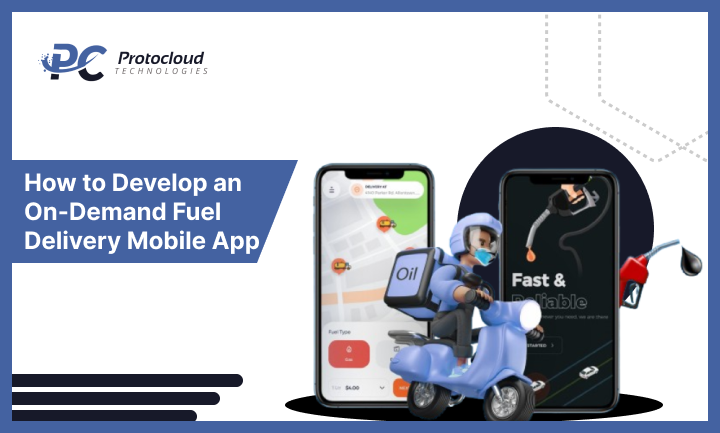

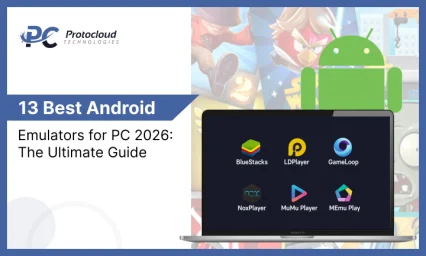

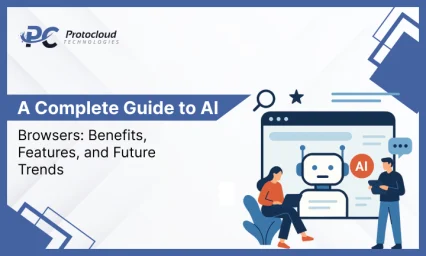
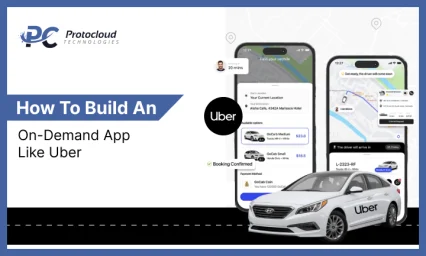

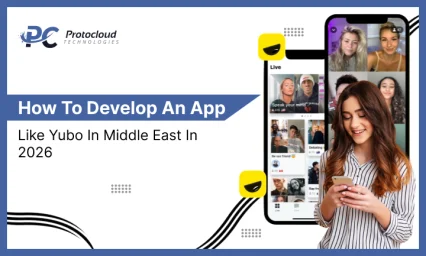




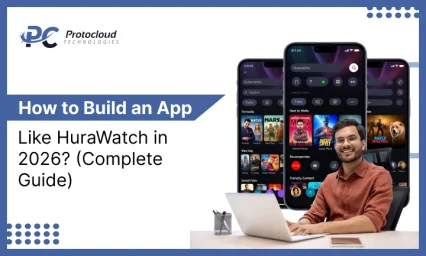

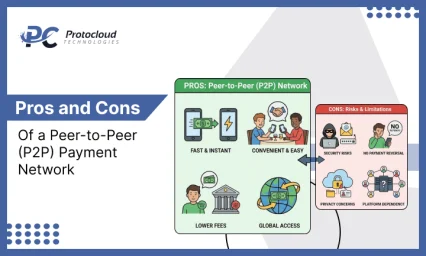

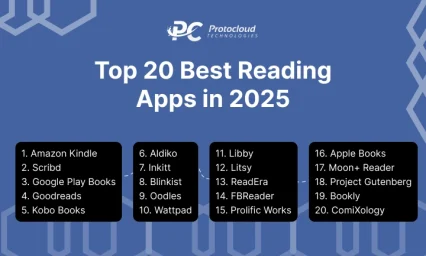
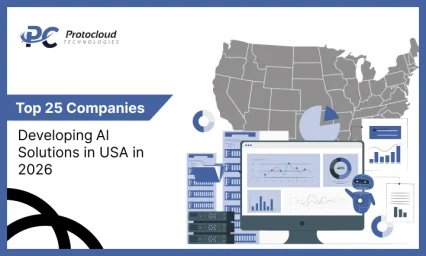

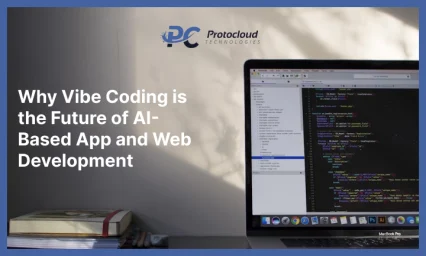
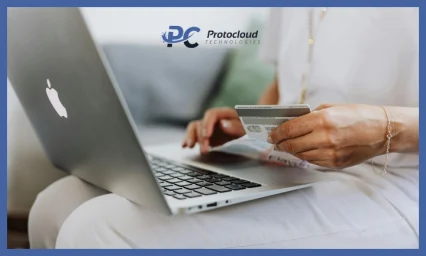
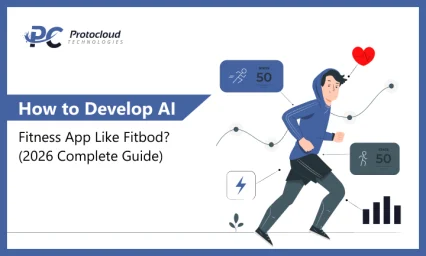
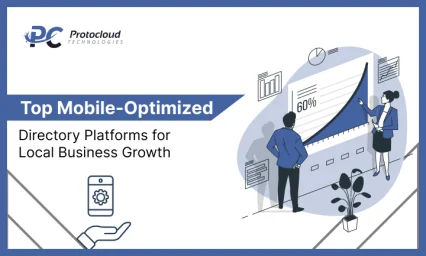
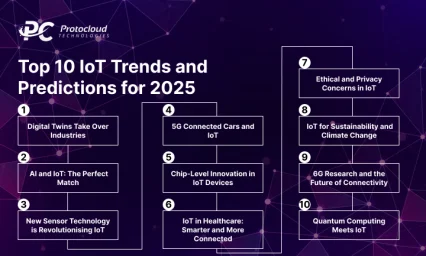
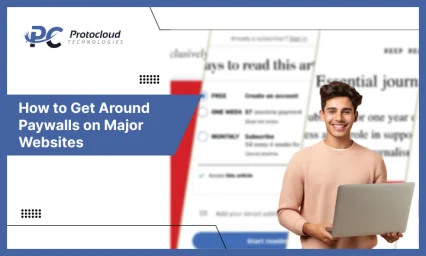
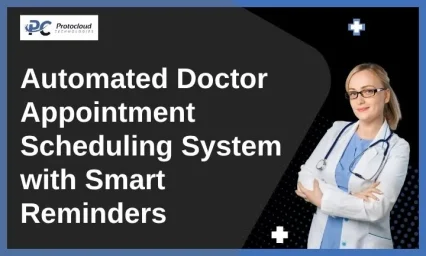
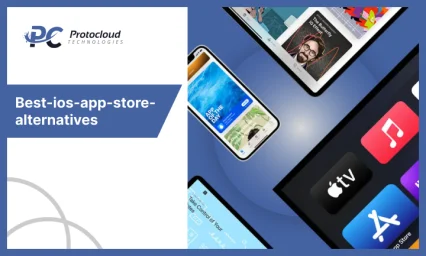


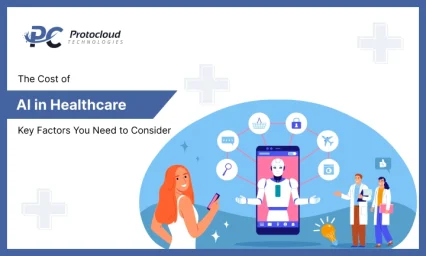
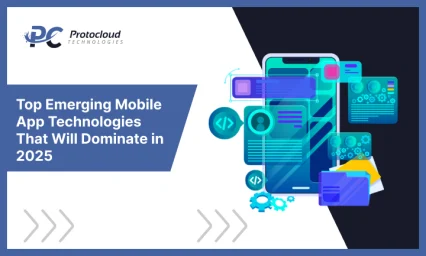
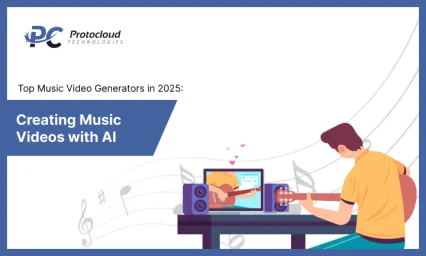
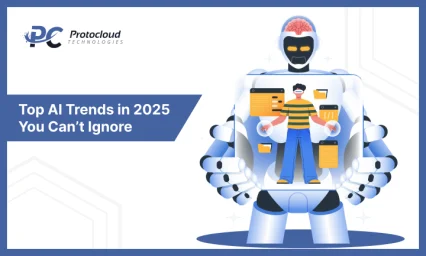
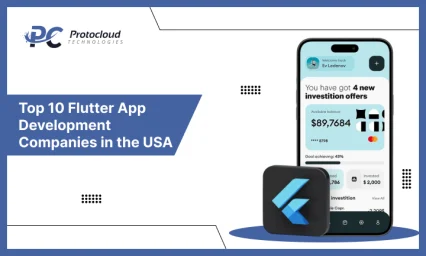






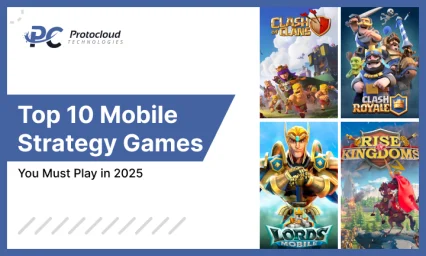
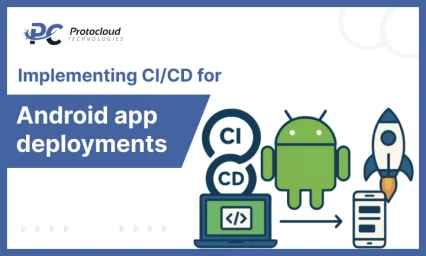
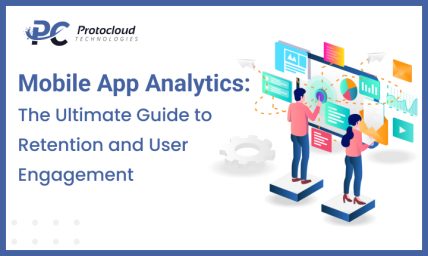
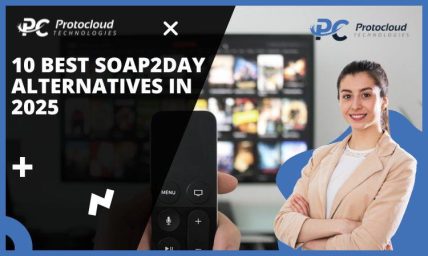
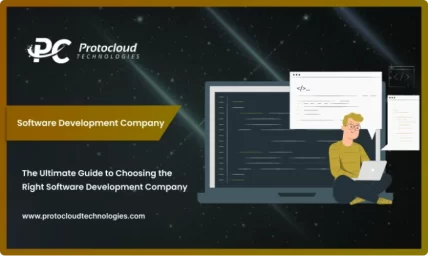
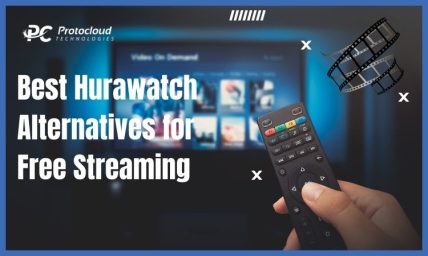

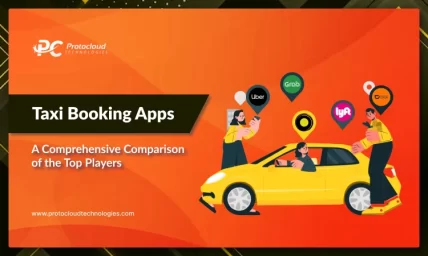

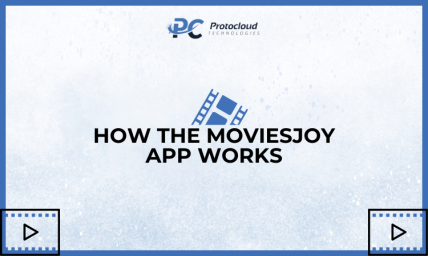
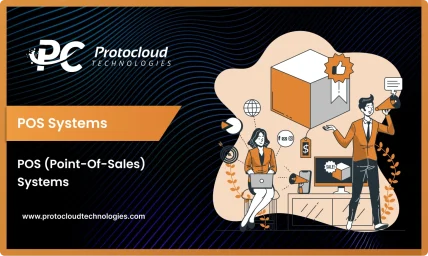
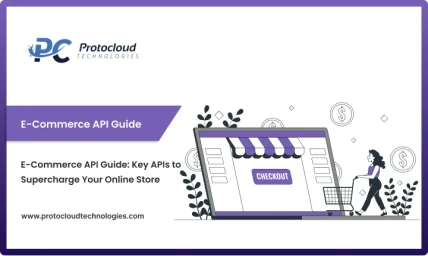
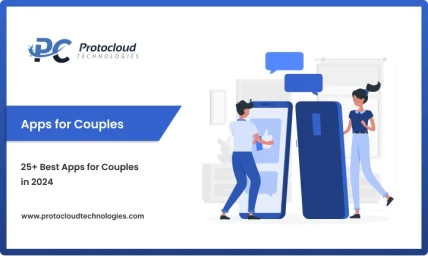
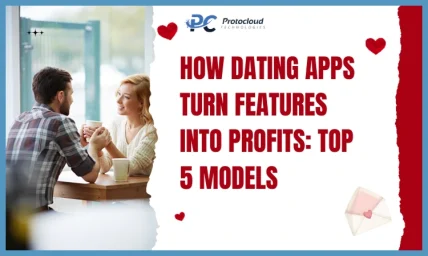
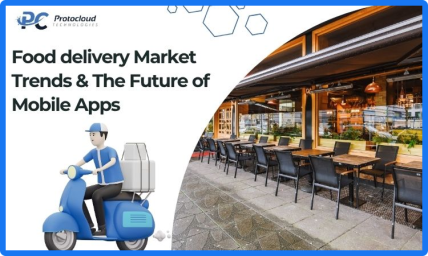
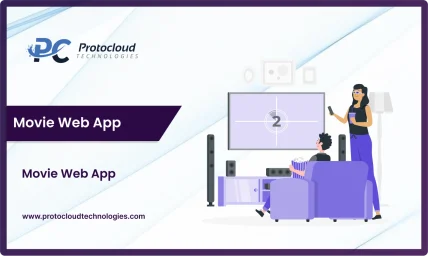
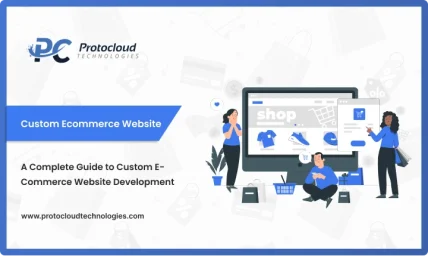
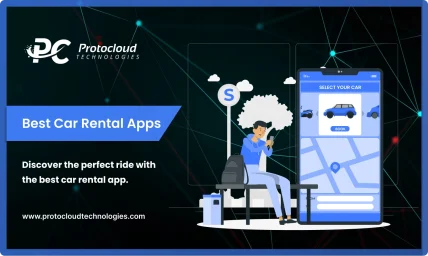
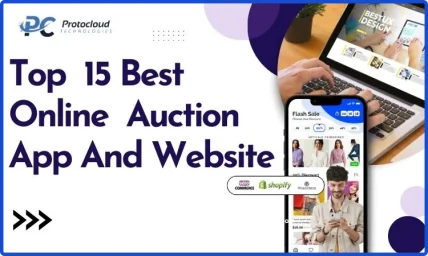
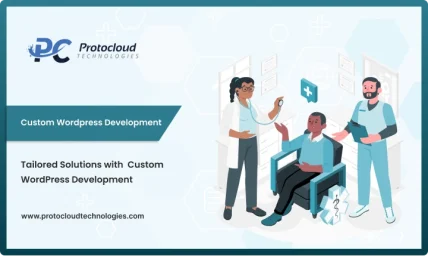
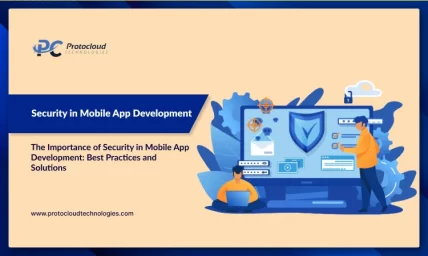

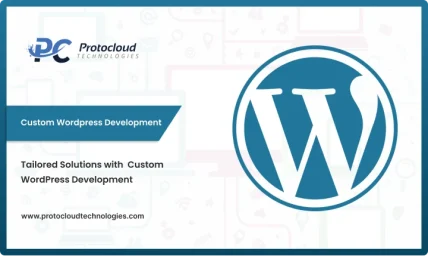

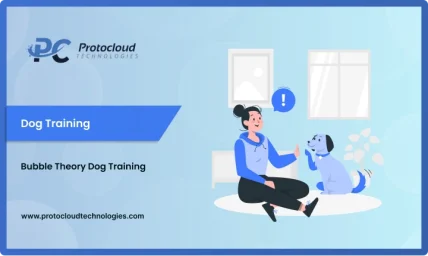
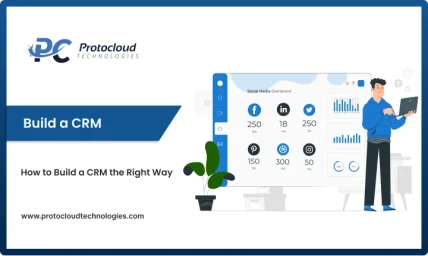
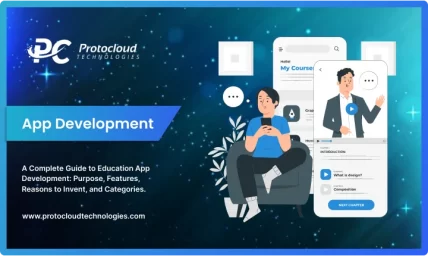

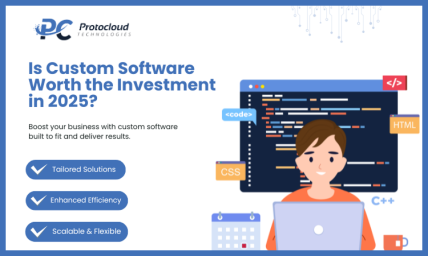
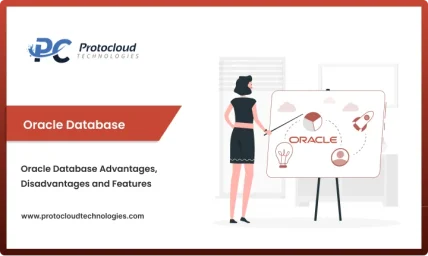
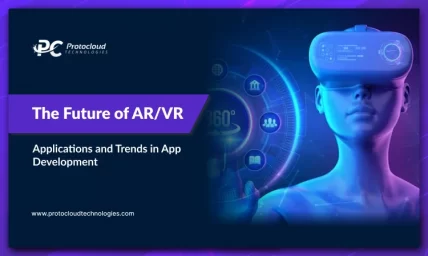

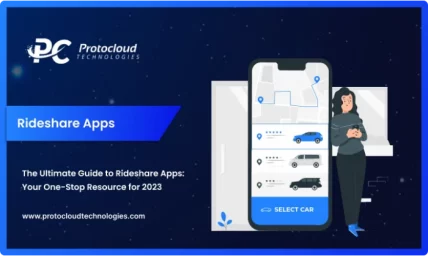
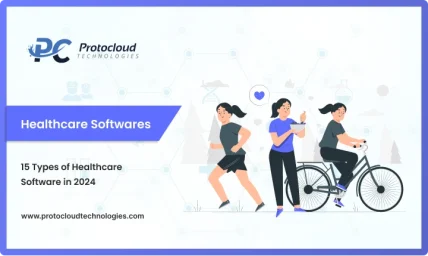
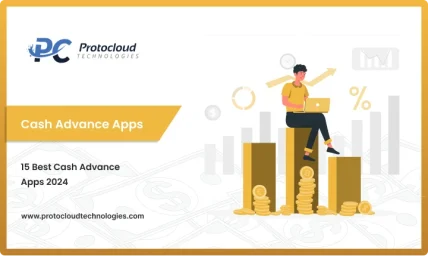

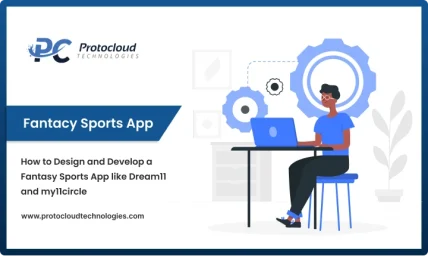

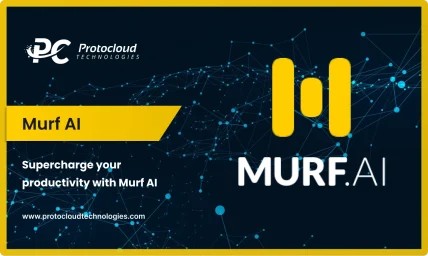
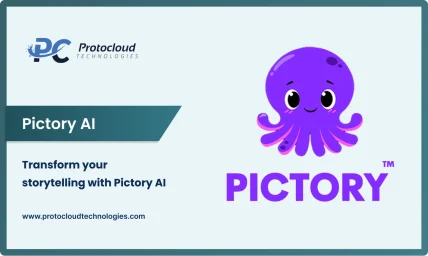
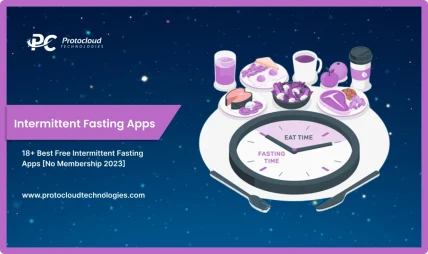
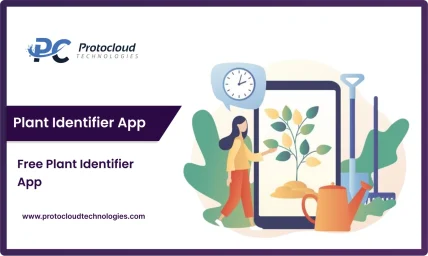
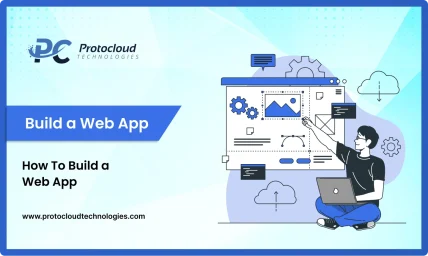

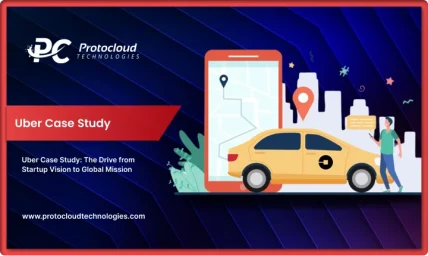
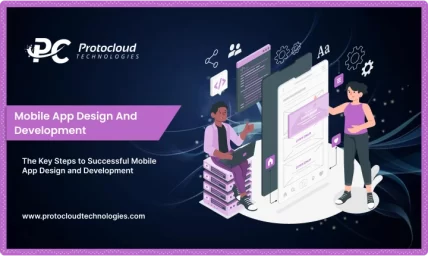
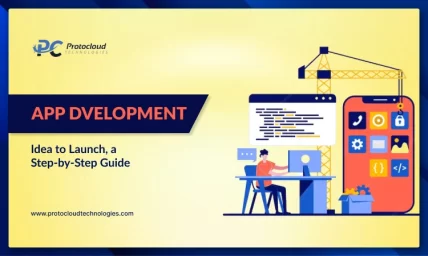
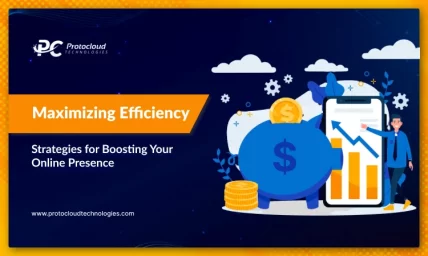
Leave a Reply